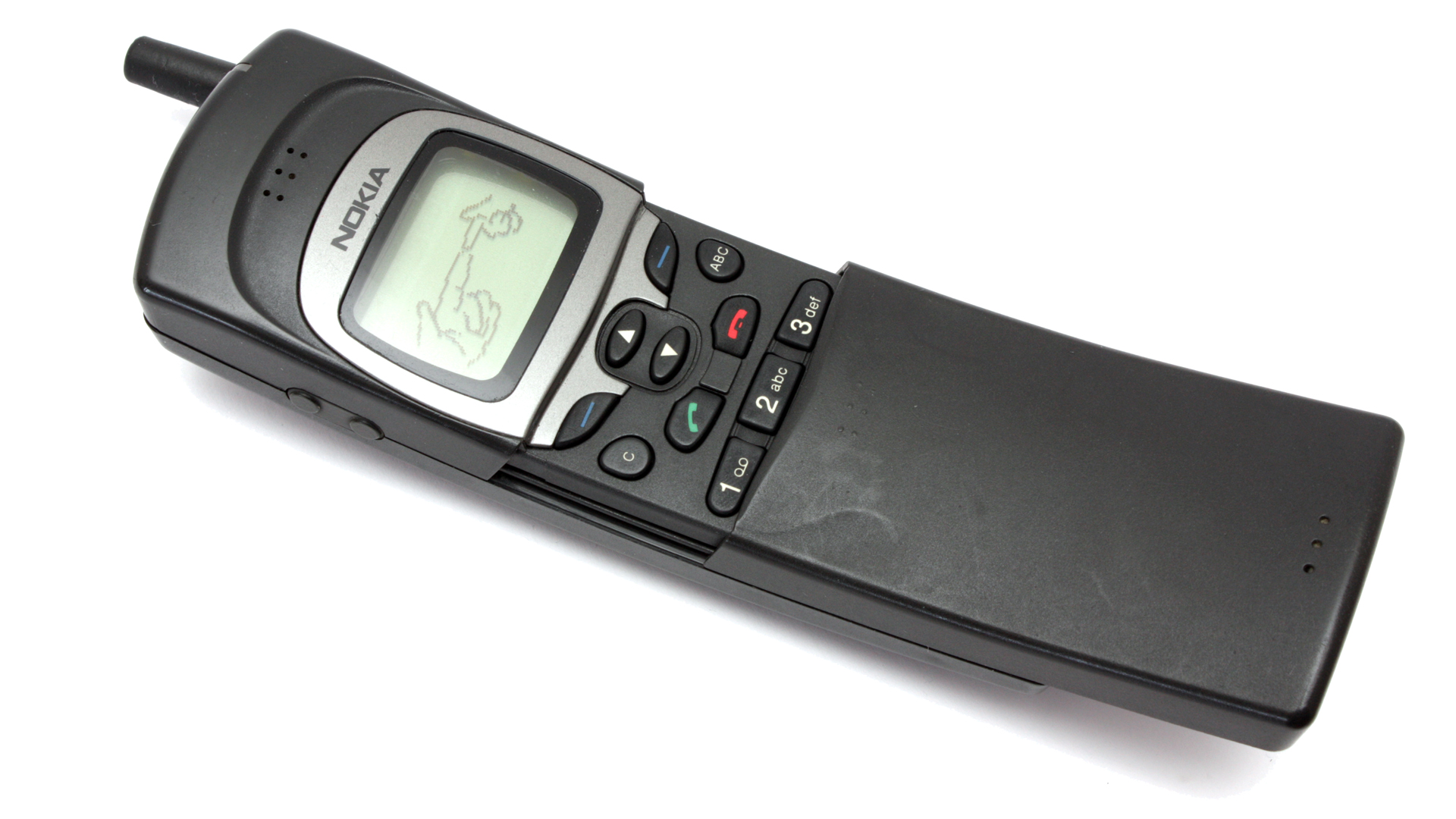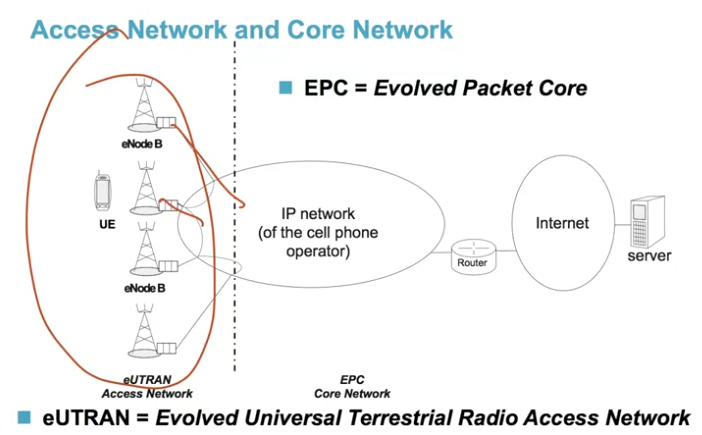The Terminal
- The terminal is called the UE, User Equipment
- To work, it must be equipped with a SIM (subscriber identity module) card
- The SIM contains:
- the subscriber identity unique throughout the world
- the subscription data (e.g., the subscription identity)
- The SIM:
- is called more precisely, USIM, Universal Subscriber Identity Module, for 3G/4G
- is provided by the operator
We know the first element, well, because we carry it with us - it’s the terminal: the cell phone or smartphone. This terminal is called a UE for User Equipment in the LTE standard. Within the framework of this writing, a terminal can be referred to either as a UE, a terminal or a cell phone.
To work, it must be equipped with a SIM card inserted into it. The SIM, or Subscriber Identity Module, contains the subscriber identity unique throughout the world. It is also contains data about the subscription. In France, the SIM card is property of the operator. This card is called a USIM or Universal Subscriber Identity Module in 3G or 4G.
However, in this writing, we use the acronym SIM because it is simpler and often used indifferently for 2G, 3G and 4G. The SIM card is found in equipment such as a smartphone but can also be found in a 4G key or a router, that I can connect to my laptop.
In this article, I am not going to differentiate between types of terminals. All terminals will be treated identically. Obviously, the network is not limited to that. If we walk in the street, we see antennas on the rooves of buildings or towers.

The Base Station Antennas
- Base Station: set of transceivers in one place
- Each base station is equiped with antennas
- Terminals around the base station can communicate with the base station by radio transmission
- in 4G technology, a base station is called an eNB or eNodeB
- e for “evolved” (evolution in comparison with 3G)
- Node because the base station is inserted into a network
- B for Base station
If we walk in the street, we see antennas on the rooves of buildings, like this one or on towers like this one. With a zoom, we can clearly see the antennas. and follow transcript.
In some cases, it’s a bit more difficult to see, but here, we have an antenna on this church. If we zoom in, we can clearly see the antennas on the bell tower of the church.

If we pay very close attention, in some cases, what we see is this: antennas on a mast and beside it, a technical cabinet. What we see are antennas, in other words, a radiating device that transforms high frequency alternating current into electromagnetic waves or the other way around.
In the technical cabinet, if we open the door, we see a set of transceivers that will enable radio transmission between the terminal, which is also a transceiver, and the network.
So, we have two things that are very different, a base station, that is to say a set of transceivers which is located in a place to cover the area around it and the antenna which is, so to speak, the tip of the iceberg, the radiating device.
Access Network and Core Network
A mobile network isn’t limited to antennas. It’s a group of base stations spread out over a territory. The base stations are connected to an IP network, deployed by the cell phone operator.
This network is interconnected to the Internet (to the IP networks of other operators) via one or several routers. We’ll get into the details in other videos.
We have two sub-networks, the access network and the core network. The access network is made up of the set of eNodeBs. Because they’re connected to the same IP network, they can communicate with each other. In the standard, the access network is called eUTRAN, for evolved Universal Terrestrial Radio Access Network.
Apart from that, we have the core of the network, which is called EPC for Evolved Packet Core.
We have seen the eUTRAN network, which, in 4G, is relatively simple. There is a single type of equipment, the eNodeB. We’ll see in the other videos what makes up the EPC.

In summary, in a 4G mobile network, there is a set of eNodeBs spread over a large territory.
Each eNodeB is equipped with antennas. eNodeBs are connected to an IP network and make the access network.